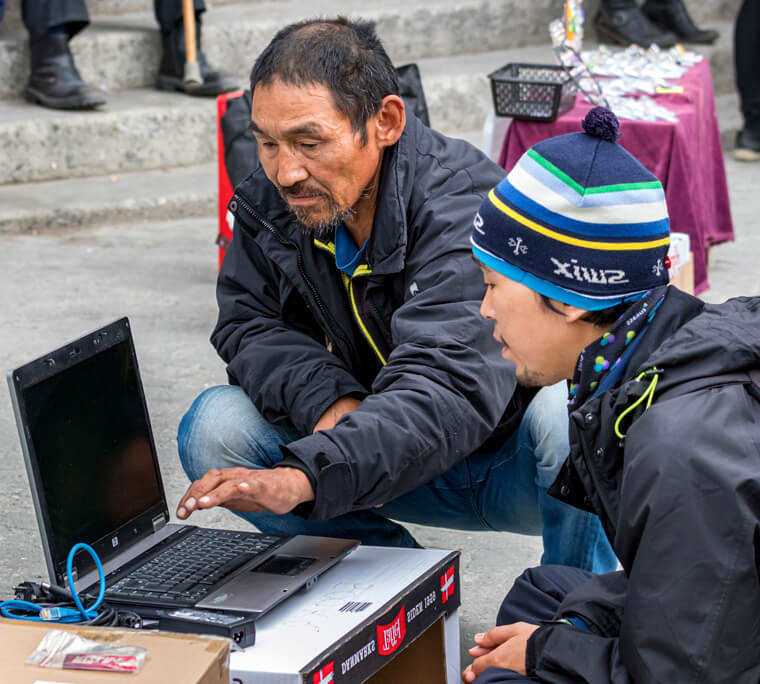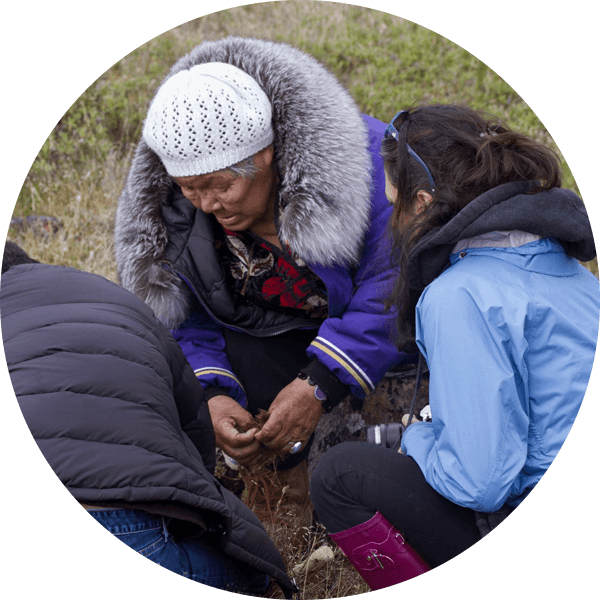

About 4 per cent of Canadian adults are Indigenous. But less than 2 per cent of people working in science, technology, engineering, and math (STEM) occupations are.
Improving Indigenous participation and leadership in major economic sectors, such as science, technology, and finance, is an important part of the reconciliation journey.
Strategies and content that better reflect Indigenous cultures and realities in science and math education may help more Indigenous learners access and succeed in STEM fields.
On behalf of the Future Skills Centre, The Conference Board of Canada is researching leading practices in STEM education for Indigenous learners in Canada.
During this multi-year project, the Conference Board’s Indigenous and Northern Communities research team will:
Examine the inequalities between Indigenous people and mainstream populations in STEM fields, including Indigenous perspectives on defining and measuring success.
Identify the strategies that reflect Indigenous cultures and realities in STEM education and employment that have the potential to reach the most learners.
Explore which strategies are contributing to effective outcomes for learners, particularly from the perspective of employers, Indigenous communities, and governments.
Develop recommendations for STEM educators and funders on best practices to bridge mainstream and Indigenous world views—inside and outside the science classroom.
Main issues

Contributing to reconciliation
The Truth and Reconciliation Commission (TRC) and the United Nations Declaration on the Rights of Indigenous Peoples (UNDRIP) both call for educational reforms to ensure Indigenous peoples are accepted equitably in all fields, including STEM.

Under-representation is a problem
Examine Indigenous representation in select occupations.

Many organizations want to help
We found more than one hundred initiatives in Canada that encourage and support Indigenous learners in STEM fields. Governments, educational institutions, non-profits, and employers are all involved. Yet STEM programs for Indigenous learners are largely a patchwork across a broad and fragmented educational landscape.
Success means different things to different people
Success means more than increasing the number of Indigenous individuals working in STEM fields. Some Indigenous leaders hope their STEM graduates will contribute to community empowerment, self-determination, and decolonization. But such outcomes are difficult to capture, measure, and attribute.
Here are some outcomes that could be measured:

Transitions
Successfully moving from elementary to middle school, middle to high school, high school to college or university, and undergraduate to graduate school.

Access
Gaining acceptance into STEM programs in college, polytechnic, university, or an apprenticeship.

Retention
Staying in STEM subjects in school, college, or university.

Completion
Graduating with the desired qualifications in STEM fields.

Employment
Securing a job in a STEM field, keeping the job, and getting promoted.
Challenges
- Education is a provincial responsibility, but the federal government has fiscal responsibility for Indigenous education. Indigenous STEM learning takes place in diverse programs in 13 provinces and territories, among populations of First Nations, Metis, and Inuit. This leaves Indigenous education in a grey area and makes it difficult to generalize across the country.
- Few initiatives reach large numbers of learners. For example, some culturally appropriate learning environments, such as learning on the land, do not lend themselves to mass reproduction.
- Short-term success doesn’t mean long-term sustainability. Securing ongoing funding and retaining key talent is proving difficult.
- Efforts may be diluted. This includes organizations that attempt a series of smaller initiatives at many education levels rather than concentrating on one level at a time.
- Many initiatives depend on access to broadband Internet and related information technologies. This is a major challenge as Internet access continues to be poor in many Northern and remote communities.
- Parents are often not included. And yet parents have a big influence on the decisions made about their children’s education.
Join the discussion
We want to hear your perspective. Do you have a favourite STEM initiative?
For a deeper look, read the research:
FSC Partners




Any omissions in fact or interpretation remain the sole responsibility of The Conference Board of Canada. The findings do not necessarily reflect the views of the Future Skills Centre, its funder, or its partners.









